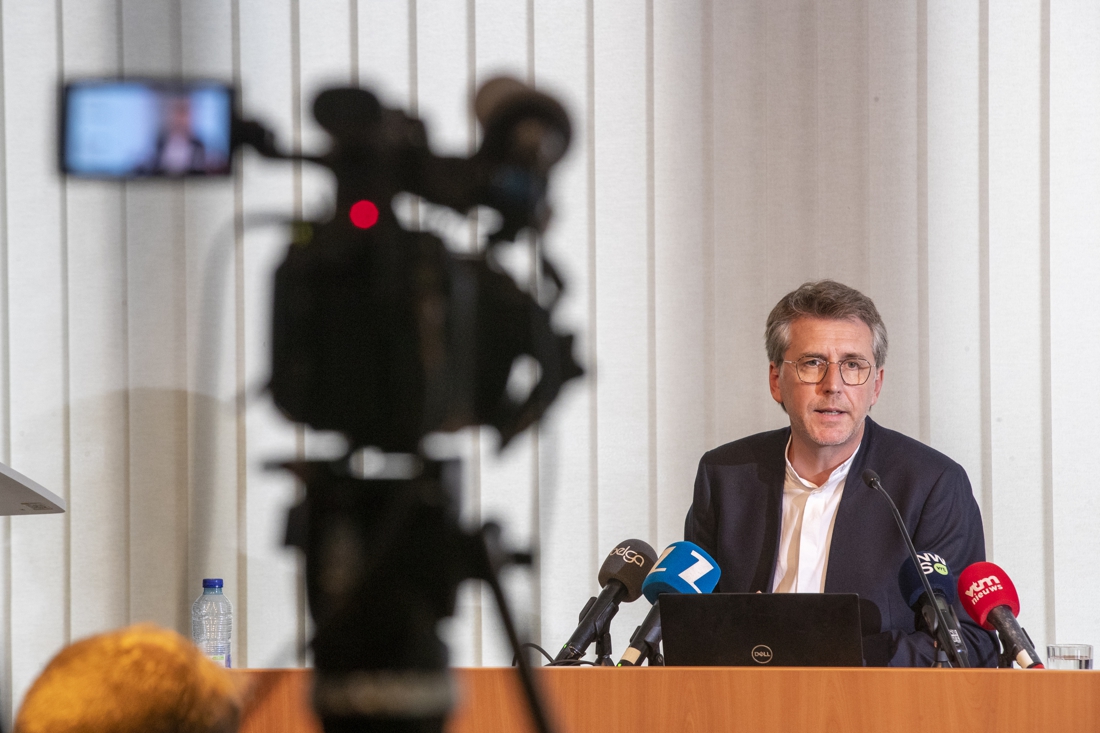A solution to the PFAS problem requires a change in the system. This is apparent from the first report by coordinator Karl Vrancken.
–
The average Belgian, with the exception of adolescents, exceeds the value put forward by the European Food Safety Authority (EFSA) as the tolerable weekly intake for PFAS. Especially for toddlers, the weekly intake is too high. Above that tolerance limit there is a risk of health effects.
The exposure mainly occurs via fish and shellfish, fruit, meat, eggs and products derived from the foregoing in the case of PFOS, the forever chemical which is most present in our environment. This study does not concern home-grown food, but items available in the supermarket.
Study further
Karl Vrancken, appointed by the Flemish government as contract holder for the PFAS issue, presented these data from EFSA during his first interim report. He immediately made the nuance that the value used by EFSA should be looked at further: ‘It is not necessary to respond to this with very short-term measures. That makes no sense. He’s talking about an additional risk due to long-term exposure.’
It is no coincidence that Vrancken now places the emphasis on the intake of PFAS through food. The experts who assist him assume that Belgians mainly ingest this group of chemical compounds through their food. Inhalation of dust and drinking water appear to be less important, although this is also being investigated further.
Concerns about PFAS in food have been around for some time now. The Federal Agency for the Safety of the Food Chain (FAVV) has already conducted research into agricultural products from the vicinity of chemical company 3M in Zwijndrecht. As a result, no additional measures need to be taken for the time being, although the standards can be tightened up in the future. But that requires further research and debate. That is currently taking place. In the course of next month, there will also be an evaluation of the measures for the residents of 3M and other heavily contaminated sites, who, for example, are not allowed to eat eggs from their own chickens.
In the meantime, more than four thousand sites have already been identified where there is a risk of contamination with PFAS. Additional research has already been started or planned at more than eighty sites: these are mainly locations where fires have been extinguished with extinguishing foam. It will be possible to investigate about forty sites per month.
Watch out for tunnel vision
Vrancken warned that our country should not end up in a tunnel vision for PFAS. ‘We must dare to think about the total risk analysis. To put it bluntly: two people die every day in traffic, but that doesn’t mean we abolish traffic.’
At the same time, he points out that every solution for PFAS presupposes a system approach. ‘We are at the limit of what is possible for industry in our densely populated world. This also has to do with our urge to consume. Why don’t we just buy sturdy waterproof shoes in the winter instead of waterproofing our sneakers with PFAS spray?’
– .


